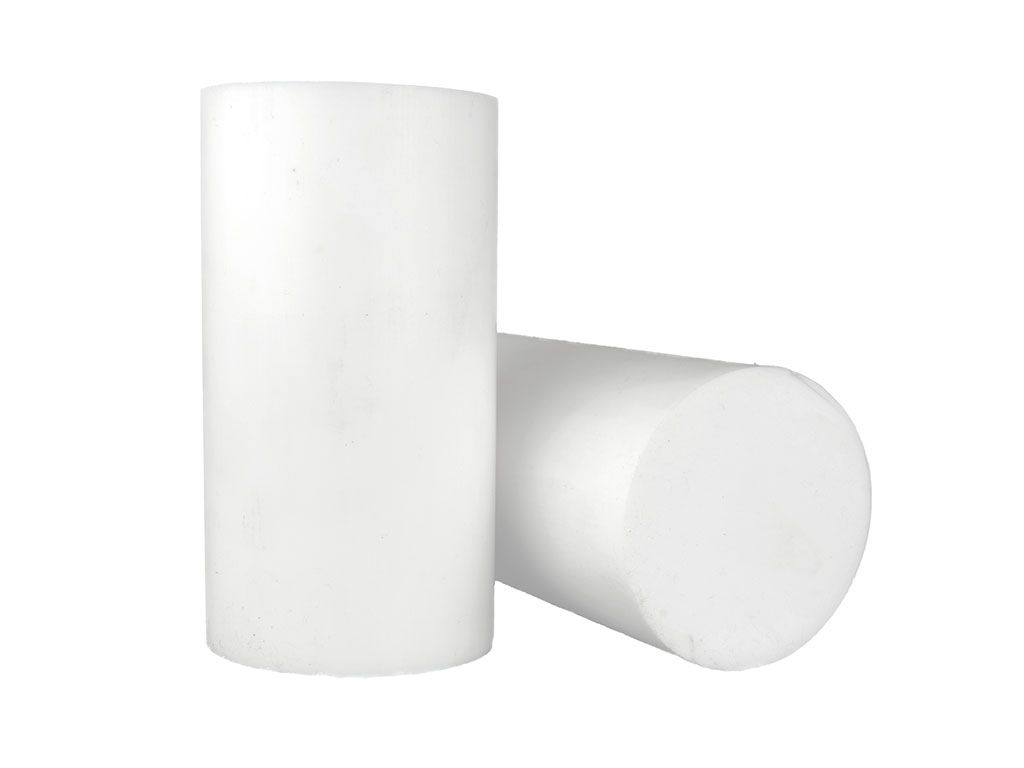POM
POM (polyoxymethylene), commonly known as polyacetal, is a semi-crystalline thermoplastic that exists in two forms: POM-H (homopolymer) and POM-C (copolymer).
POM-H has slightly higher density, hardness, and mechanical strength compared to POM-C. Conversely, POM-C exhibits superior chemical resistance to POM-H.
POM combines very good mechanical strength, high rigidity, and excellent machinability. It is characterized by low moisture absorption (0.8% at saturation), excellent sliding properties, and high resistance to wear and traction.
POM has a low tendency to creep with good electrical and dielectric behavior. Regarding chemical compatibility, POM resists hydrocarbons, alkaline substances, greases, oils, fuels, and water up to 100 °C.
Its main weakness is its sensitivity to UV radiation.

Application fields and products
POM is used in sectors requiring a material with excellent dimensional stability, such as mechanical construction and the automotive industry, as well as in the food industry, pharmaceuticals, and medical technology.
POM is also employed for applications requiring good sliding properties, involving components in contact with water and/or electrical insulation parts.

